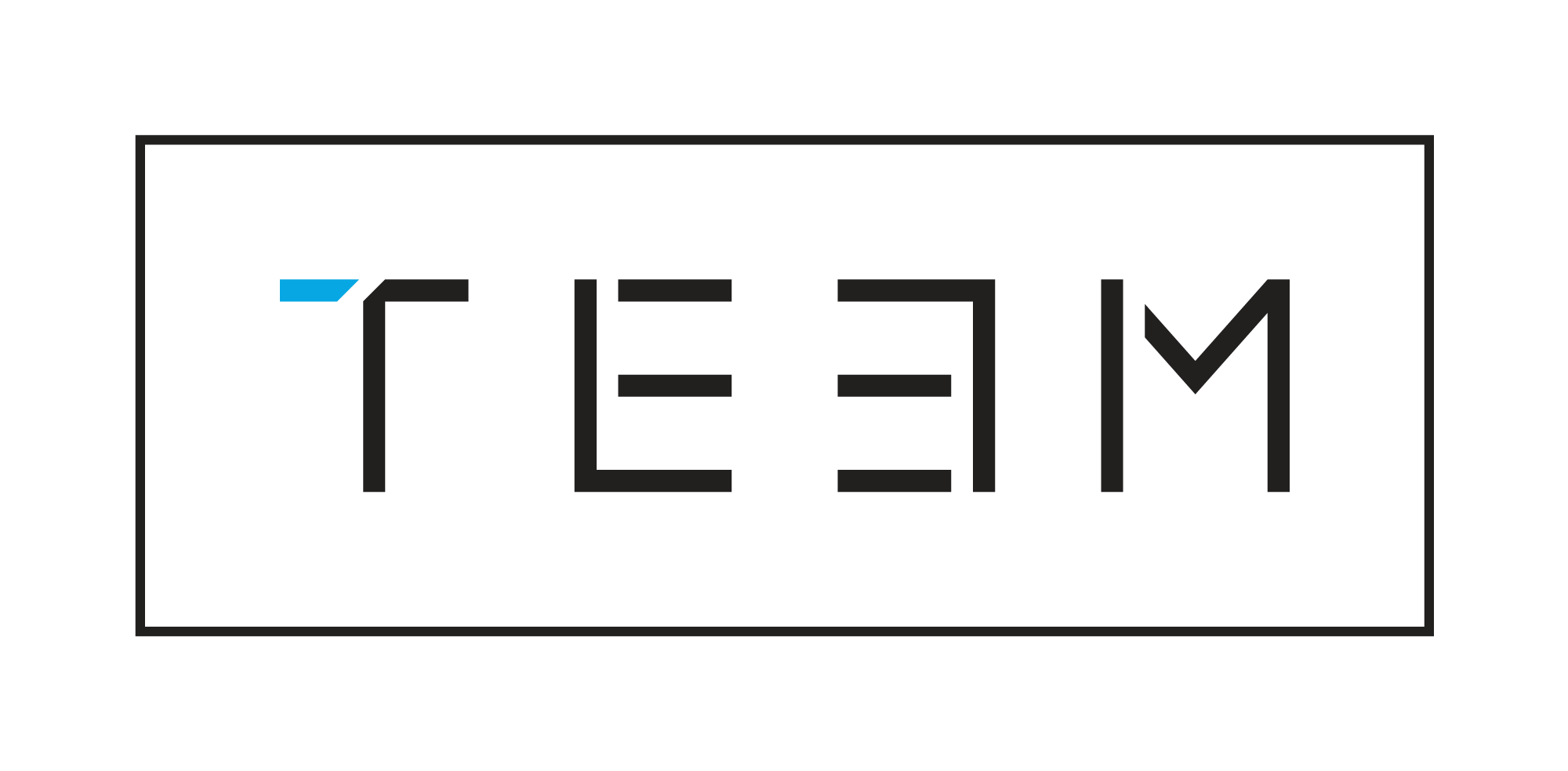Over the past decade, the concept of ‘influence’ has taken on an entirely new meaning, evolving from a casual term to a lucrative career path.
At TEEM we work with all levels influencers ranging from users of a product or service who offer an unsolicited and unpaid compliment, to brand ambassadors who receive free product and minimal compensation, to professional social media influencers who generate all of their income from paid online endorsements.

As the money involved in the ‘influence game’ has increased exponentially, so has fraud. Influencers have ever-greater motivation to artificially amplify their reach, fake sponsorships from iconic brands, and essentially con their clients. For some examples of influencer misdeeds in 2018 courtesy of The Atlantic, click here.
A recent study from Cheq and the University of Baltimore exposed “fake” influencers – people who’ve purchased followers to artificially boost their reach and earn trips, cash and brand deals they don’t deserve with major advertisers.
To give you some idea of how easy it is to buy ‘bot followers’, according to the study $34 buys 1,000 Facebook follows, $49 buys 1,000 followers on YouTube, and $16 buys 1,000 followers on Instagram. Roberto Cavazos, the University of Baltimore economist who authored the study, found that a survey of 10,000 influencers revealed that 25% of their followers were bots and that around half of engagement on sponsored content was fake.
These are shocking statistics given what some premium influencers earn per post. Per the study, fake influencers leveraging bot followers are expected to cost marketers $1.3 billion this year – a significant percentage of the $8.5 billion brands will spend on influencer marketing in 2019. Here are some key indicators of influencers rigging the game:
- Many followers, little engagement. Social media accounts with a high percentage of fake followers will typically not see the level of engagement (i.e. likes, comments) that truly active, authentic followings will generate. If you see an account with hundreds of thousands of followers and only a few dozen likes or comments on posts, it’s a pretty sure bet that a high percentage of those ‘followers’ are either inactive accounts or bots.
- Rapid acquisition of followers with no prompt. New social media accounts that ramp up a strong following really quickly are a red flag. Unless someone had a trigger for a quick mass following such as appearing on TV, publishing a book, or landing a high profile job, their rapid increase in followers is likely driven by some measure of purchased followers.
- Many followers that fit the ‘bot profile.’ Bot accounts are often anonymous with little to no personal information shared and an obviously fake photo. They frequently repost and share with no original content, or have posting patterns that defy logic (such as posting hundreds of times a day or never posting at all). If an influencer has a high percentage of these followers they are likely gaming the numbers to artificially inflate their reach.
- Representing ‘sponsorship’ by multiple iconic brands. Many influencers will post fake ‘sponsored’ content (i.e. a fabulous paid trip or luxury product accolades) to attract the attention of major advertisers. Often these companies will be duped into believing the individual has credibility and advocates for other premium brands, leading them to engage the influencer for compensation.
At TEEM, we work with some fantastic influencers and TapInfluence was a past client, so we know the industry intimately. I don’t want to present the case that influencer marketing isn’t a valuable promotional tactic. There are times when influencer marketing makes a real impact on the sales and success of brands. But it is in all of our best interest to root out corruption and prevent rampant fraud so that companies maintain trust in influencers and influencer marketing continues to be an effective tool in our arsenal.
Influencers and brands can enjoy a healthy give and take when expectations are clearly defined and performance is tracked accurately. True partners will value accountability and be transparent about their reach and followers, so watch for indicators of deception and steer clear.
The lines between fact and fiction are already blurry online. Let’s not make the problem worse.

